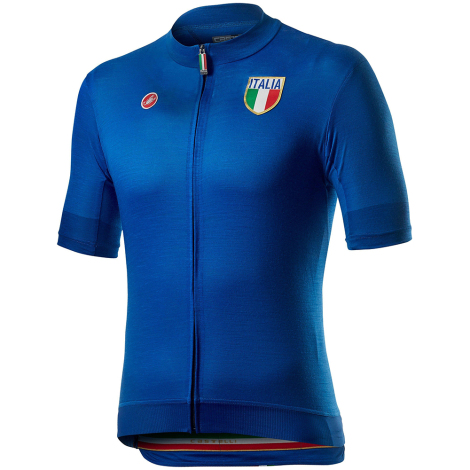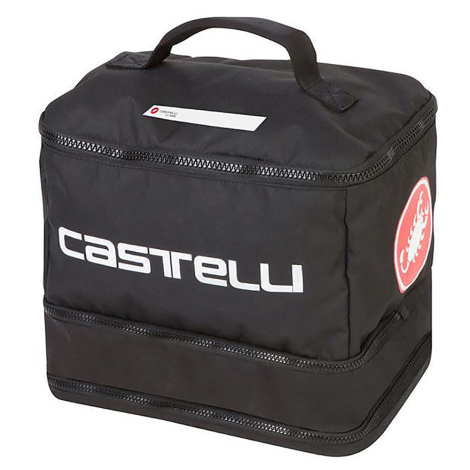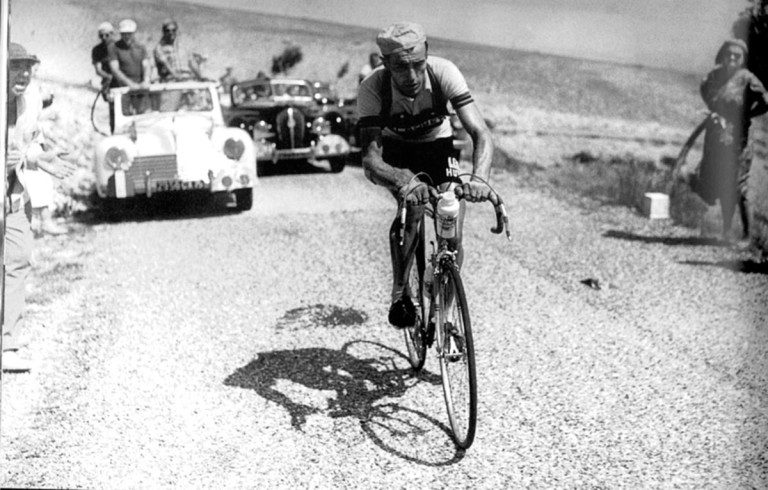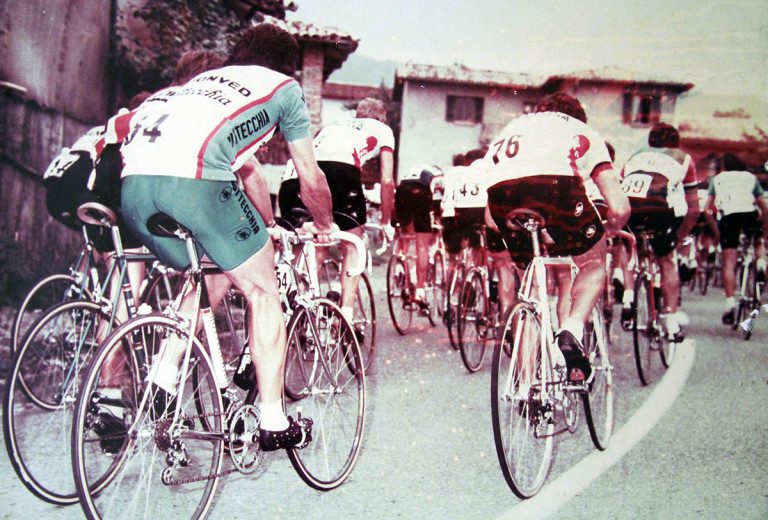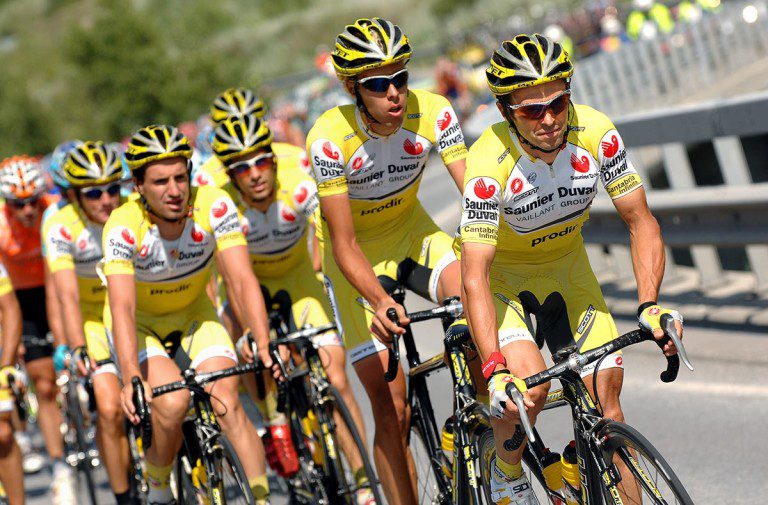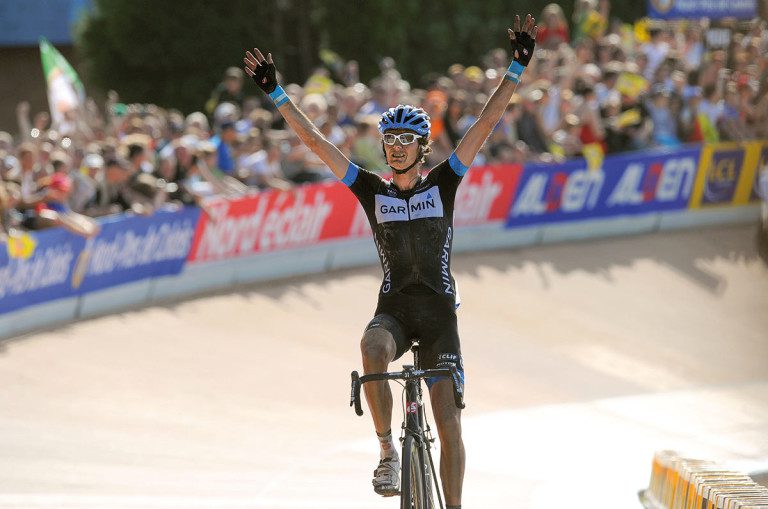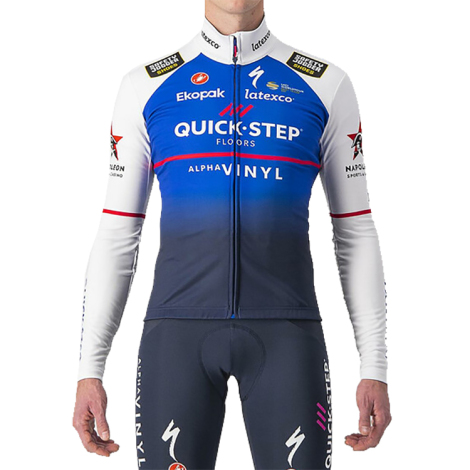Castelli is one of the oldest brands in the world of cycling. The origins of the company started in 1876 and it has been at the forefront of the history of cycling since the very beginnings of the sport.
“I would never have been able to revolutionise cycling clothing if I hadn’t raced. It’s the only way to gain a true understanding of what’s involved.” – Maurizio Castelli.
The above quote from the late company owner, Maurizio Castelli, summarises the core element at Castelli. This simple statement defines the company’s ethos as a revolutionary and race focused supplier of quality cycling clothing.
Sign of Quality
The unmistakable and iconic scorpion logo is an assurance of quality, any product bearing the logo will have undergone a thorough R & D process. It will have been tested by some of the best riders in the world. Indeed, sponsorship of professional riders has been a company policy for decades and results in many garments becoming available to the public relatively quickly after appearing on the professional riders.
Castelli have been an innovator of cycling clothing over the years with many firsts which are now commonplace. Coloured shorts are just one example, through to the latest technologically advanced San Remo speedsuits. Castelli continue to push and innovate cycling clothing through the use of advanced materials and the latest manufacturing techniques and processes.
As part of an unrivalled range of clothing, Castelli have also created diverse items specifically for the extremities of cyclists bodies, for all seasons, including; gloves, mitts, socks, headwear and shoe covers, Castelli also produce a range of beautifully designed and manufactured luggage bags for travel and kit storage. All Castelli made products share high level materials, design and classic Italian style.
Timeline of Castelli
1876
Castelli can trace its roots back to 1876 when Vittore Gianni founded his fine tailoring business. Through the years they have clothed both AC Milan and Juventus football teams and the Milan Ballet among others.
1910
The first cycling clothing was made in the 1910s for the world champion and five-time Giro champion , the Italian legend Alfredo Binda.
1935
Armando Castelli joined Vittore Gianni in 1935 and in 1939 he bought the company.
1945
By this stage the company was sponsoring some of the world’s best riders including two of the most iconic cyclists of all time, the Italians Gino Bartali and Fausto Coppi.
1948
Maurizo Castelli, Armando’s son, is born and grew up watching the legendary Coppi wearing Vittore Gianni clothing, including the first silk skin suit for time trialling.
1953
In the 1950’s, at least a dozen professional cycling teams were using Vittore Gianni clothing including riders such as Louison Bobet, Rik Van Looy (above) and Jacques Anquetil.
1974
Castelli as we now know it is formed by Maurizio with the now iconic scorpion as its logo
1977
Castelli introduces the first Lycra® shorts to the professionals and very shortly after start selling to the public revolutionizing the market.
1981
Believe it or not there was a time when only black cycling shorts were permitted in cycle races even for the professionals. Castelli introduced the first coloured Lycra® shorts at the 1981 Giro d’Italia (above) causing a sensation and a success in sartorial terms.
1983
The first windproof jersey is introduced to immediate success with French hero Bernard Hinault winning the Fleche Wallonne Classic wearing one.
Graphics can now be printed directly on to fabrics when Castelli pioneers the sublimation dye process allowing sublimation printing of jerseys.
1984
The first functional thermal clothing is introduced making professionals’ lives easier as they now have protection without the bulk.
1989
Dozens of pro teams (Plus leader’s jerseys at the TDF & Giro d’Italia) are supplied by Castelli in the 80’s & 90’s.
1996
The first women’s cycling collection is introduced. Italian MTB legend Paolo Pezzo uses an aerodynamic Castelli skinsuit to win gold mountain biking at the Atlanta Olympics.
1998
The world’s first Y-cut anatomic seatpad is introduced and Team Once wear the first jersey with wicking fabric inbuilt.
2007
The first aero race jersey and shorts are used by Team Saunier Duval & the lightest jersey ever produced. Shorts completely change with a Giro leg band which replaces gripper elastic.
2008
The ‘Radiation’ insulation system is introduced offering performance cyclists a new way of dressing for cold winter days.
2009
Castelli reinvents the bib short with Body Paint, a single piece of fabric with most of the components integrated into the seamless fabric.
2010
The Gabba WS jersey, the first all-weather aerodynamic jersey, was used for the first time by the Cervelo-TestTeam. Team rider, Gabriel Rasch, helped develop the garment, hence the name Gabba. This immediately set the standard for protection against cold and wet conditions for racers and club cyclists alike. The Nano-Flex water repellent fabrics shed water but are still breathable offering function as well as an aero fit.
2011
The Sanremo Speed Suit, the first skinsuit made for road racing, is used by Johan Van Summeren to win Paris-Roubaix.
2012
Canadian Ryder Hesjedal uses Body Paint 3.0 speed suit, the most engineered time-trial suit ever made by Castelli, to win the Giro d’Italia.
2017
Castelli became clothing sponsor of Team Sky and Chris Froome went on to win the Tour De France. Team Sky became Team Ineos in 2019, the year Egan Bernal went on to win the Tour De France. Castelli remained clothing sponsor until 2022.
2022
Castelli begin clothing sponsorship with Team Deceuninck–Quick-Step

